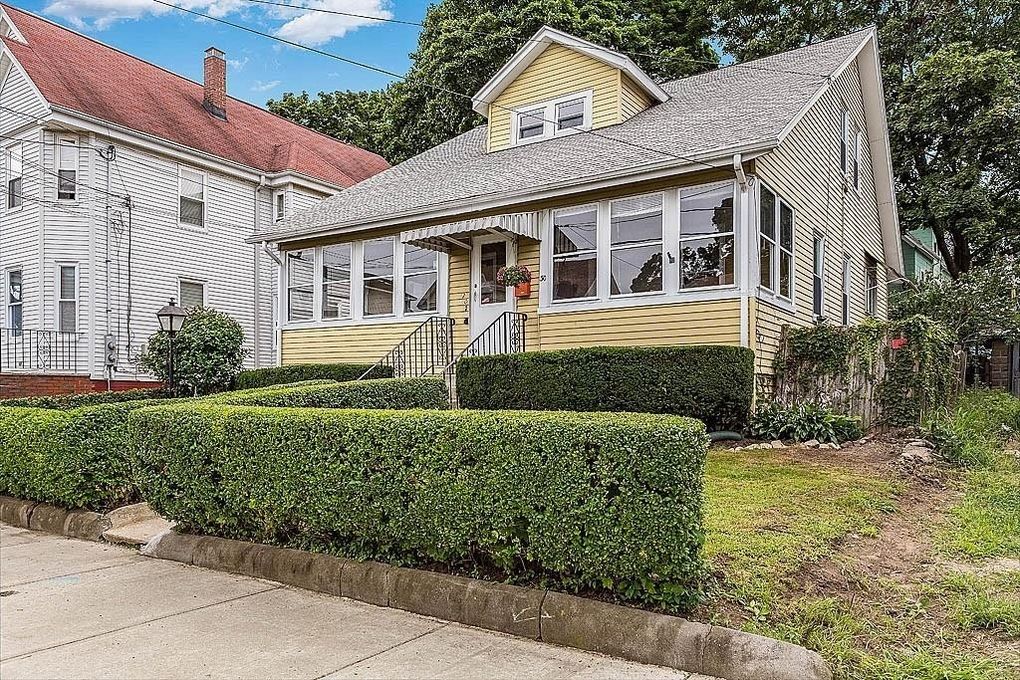At our July meeting we voted that the house at 109 Forest Street should be preferably preserved. Neighbors expressed – ongoing – concerns that the demolitions plans would be a detriment to the character of the street and neighborhood.
Many neighbors have been following the re-development plans at 109 Forest Street, the corner of Webster and Forest, since June 2019. They expressed the following, in strongly felt statements –
their appreciation of the beauty of our city and its neighborhoods
their frustration with the current mechanisms for preservation in our city
their mistrust of developers, given the recent history of redeveloment in our neighborhoods
their desire for a different kind of redevelopment in our city
Thanks to the Medford residents who wrote in, or attended, to voice their opinions – the public meetings of the Historical Commission, whether virtual or in person, strive to be a space where residents can learn more about what development plans are being pursued in their neighborhoods, and can discuss these plans with property owners and developers.
When a building is found to be “preferably preserved” an 18-month delay of demolition is imposed, to give the applicant time to consider sale, renovation, reuse, relocation and other alternatives to demolition. However, the demolition delay may be lifted before the 18-month period, if a plan is developed that addresses the concerns of the public and the commission. The applicant is always invited to return to the Commission’s upcoming public meetings to present plans and alternatives and to discuss the preservation concerns that their neighbors and the commission have.
We also voted that the 20th century bungalow at 30 Dearborn was NOT historically significant.
The 18th century house at 7-9 Vine Street was found to be NOT historically significant, while the 19th century Italiante home at 33 Vine Street was voted historically significant. Next month, at our public meeting, we will decide whether or not that building is also preferably preserved.


